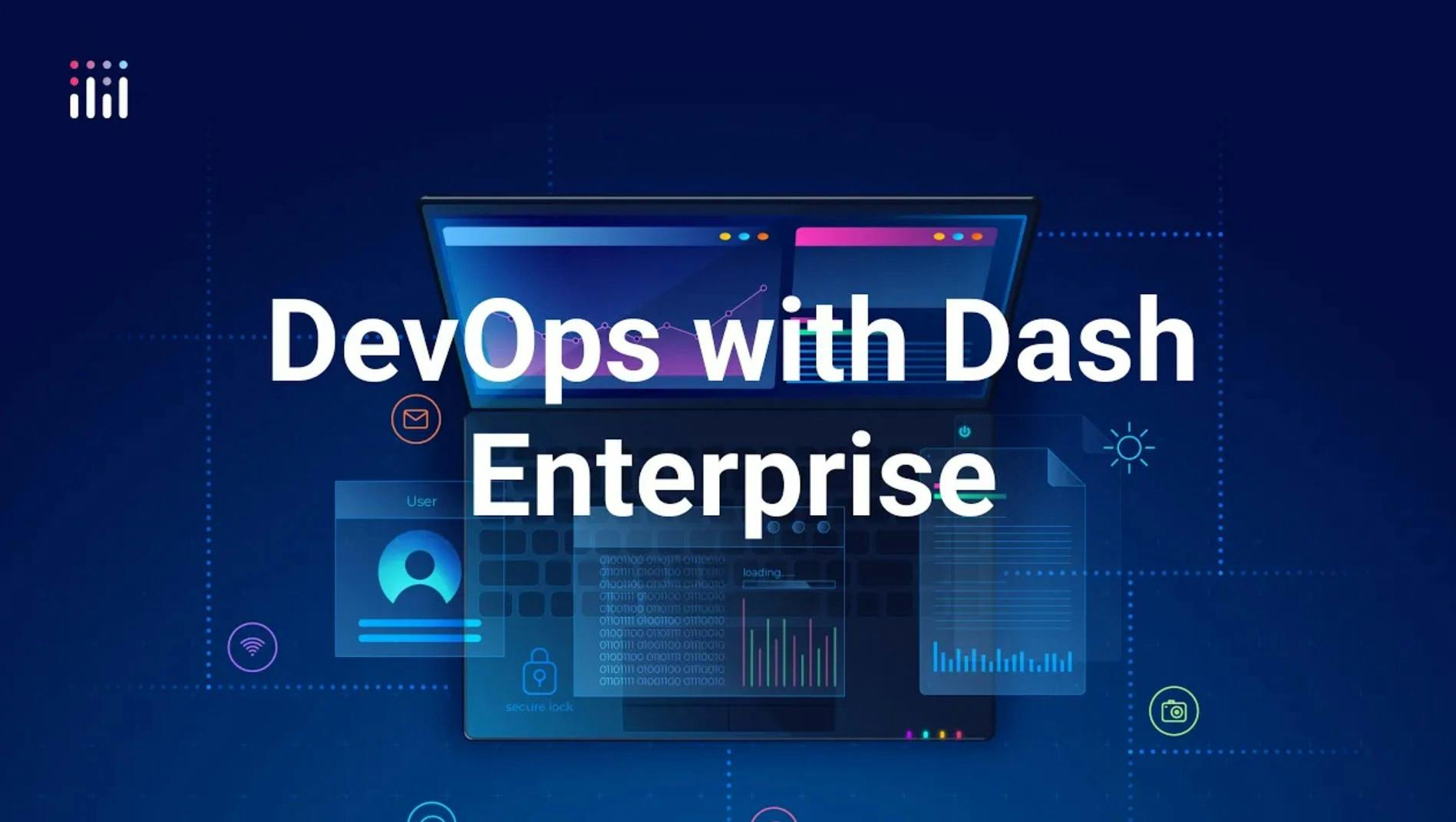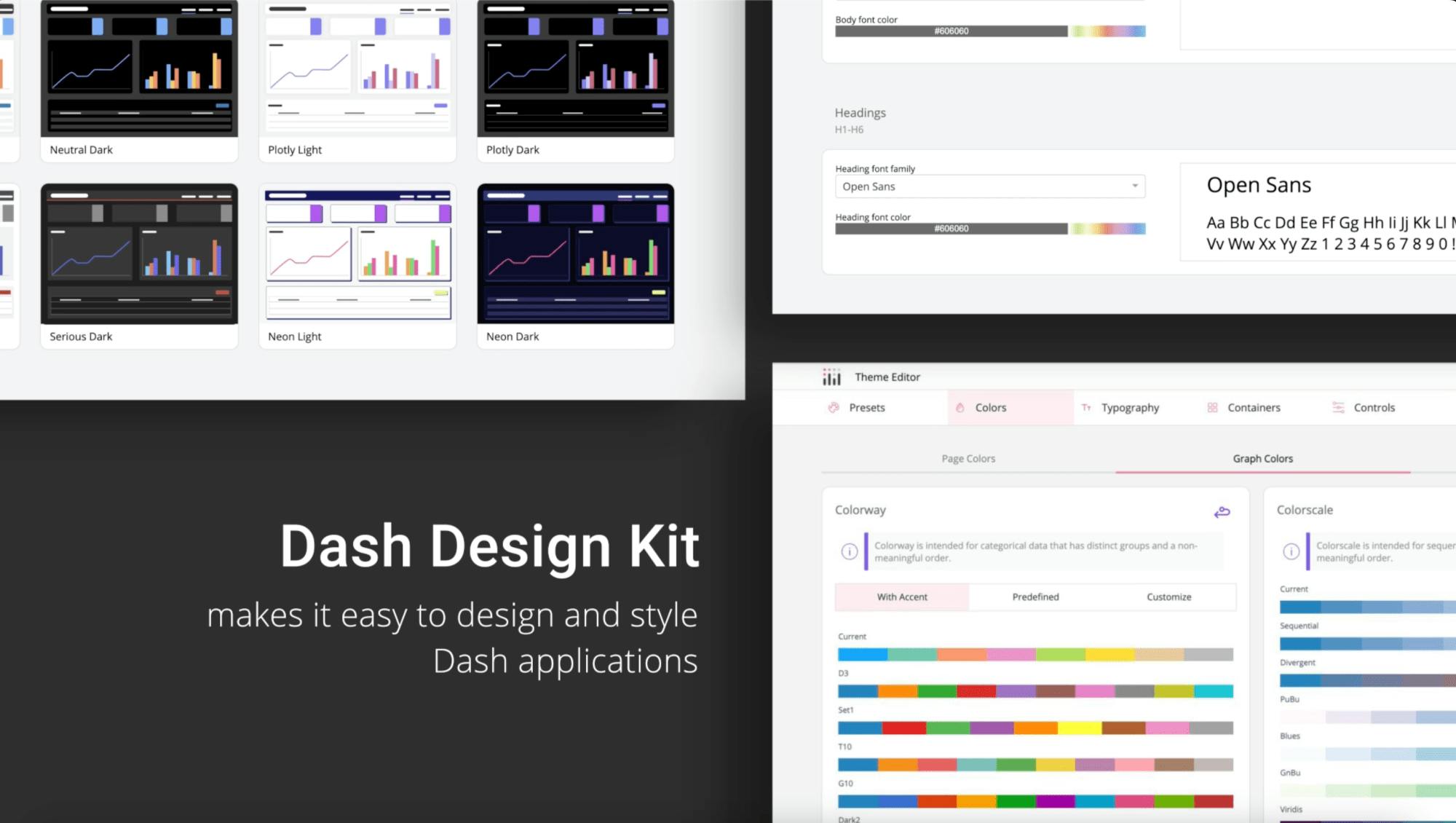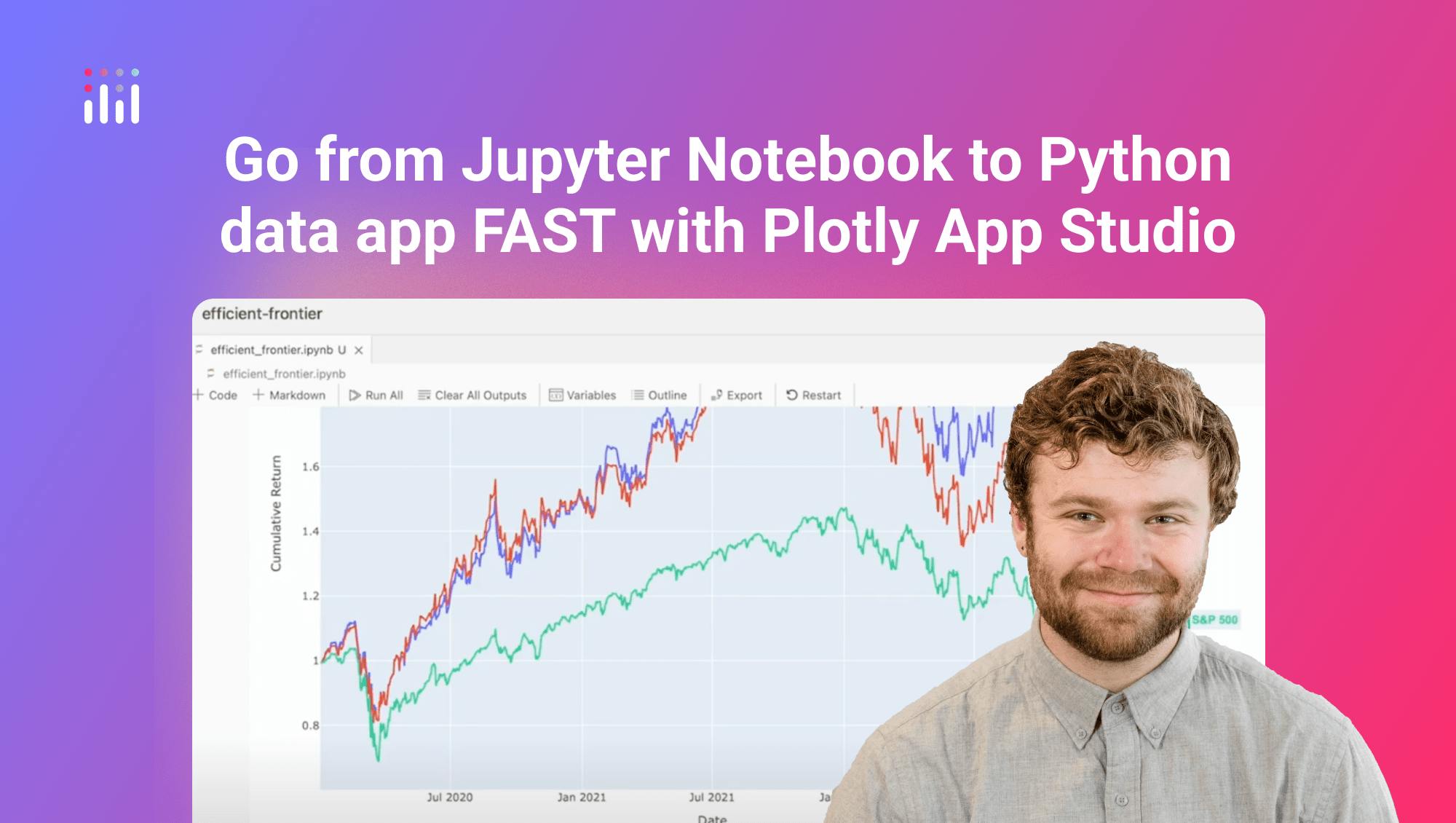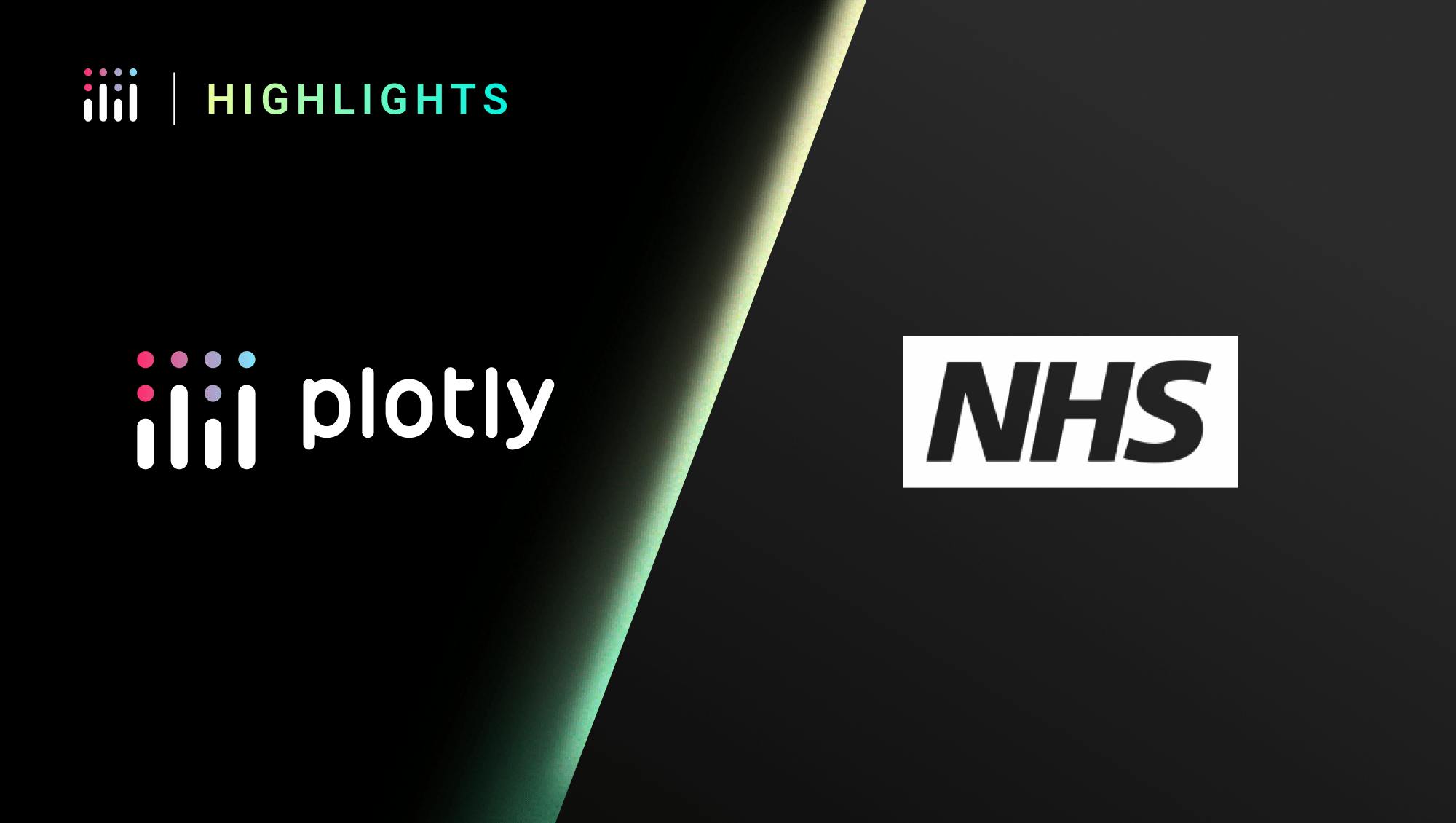An Intro to DevOps in Dash Enterprise

Meet the Speaker

Austin Kiesewetter
Austin Kiesewetter is a Plotly community member and software engineer at Martin Engineering.
This video introduces DevOps for Dash apps and how Dash Enterprise simplifies the journey from development to production. It opens with a definition of DevOps as the workflow and tools required to get code from a local environment into a live application. The speaker walks through the concepts of CI/CD pipelines, explaining continuous integration (pushing code to a shared repo) and continuous deployment (automating tests and updates without manual intervention).
The five stages of DevOps are explained clearly: code, test, build, deploy, and host. For Dash, the build phase validates dependencies via requirements.txt, checks the Procfile, and ensures the Flask server routes correctly to the Dash app. Once deployed, the new container replaces the old one in production.
Three DevOps options are covered. The open-source route offers maximum flexibility and is free to use, but demands a deep understanding of server setup and tool configuration. Dash Enterprise simplifies this with two streamlined paths. The first is the Dash Workspace, a cloud-based environment where you can build and deploy apps with minimal configuration. It’s easy to use and ideal for fast iteration, though it has less flexibility and requires internet access. The second is Dash Deep Deploy, which lets you develop locally and push to Dash Enterprise via a GitHub-connected CI/CD pipeline. It offers more control and offline development but involves more setup.
Watch the video to explore each setup in detail and choose the right DevOps path for your Dash projects.


